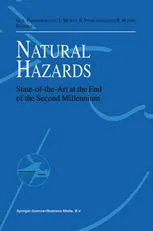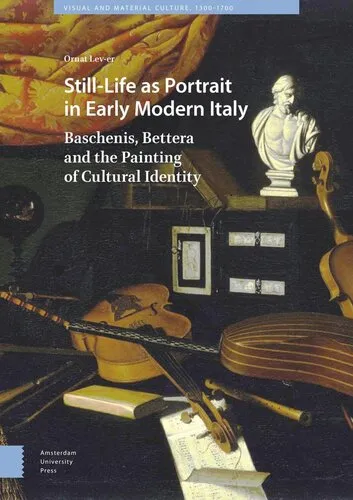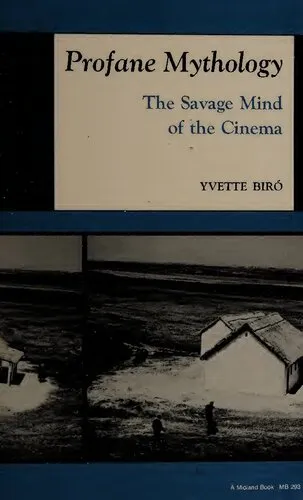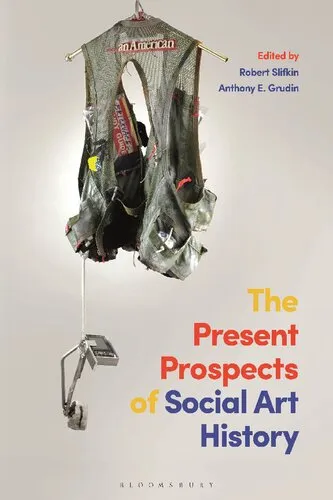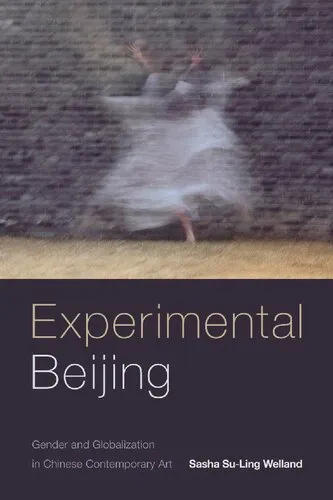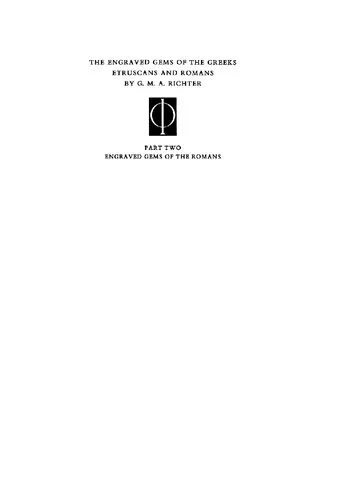Natural Hazards: State-of-the-Art at the End of the Second Millennium
4.8
Reviews from our users

You Can Ask your questions from this book's AI after Login
Each download or ask from book AI costs 2 points. To earn more free points, please visit the Points Guide Page and complete some valuable actions.Related Refrences:
Introduction to "Natural Hazards: State-of-the-Art at the End of the Second Millennium"
"Natural Hazards: State-of-the-Art at the End of the Second Millennium" explores the complex and evolving field of natural hazards, offering an in-depth analysis of the science, technology, and social dimensions that defined this area at the close of the 20th century. This book is an essential resource for researchers, practitioners, and policymakers who seek to understand the multifaceted nature of natural hazards and their impact on human societies.
Detailed Summary of the Book
The book provides a comprehensive overview of the state of natural hazards research and management as it stood at the end of the millennium. Each chapter is written by leading experts, who offer insights into various types of hazards, including earthquakes, tsunamis, hurricanes, and floods. The text delves into the historical development of hazard science and examines the integration of new technologies and methodologies.
Throughout the book, the authors emphasize the importance of understanding natural hazards as a holistic interplay of physical, biological, and human factors. By showcasing case studies and empirical evidence, the book illustrates the complex relationships between human vulnerability, resilience, and exposure to hazards. It further explores the role of public policy, risk assessment, and community preparedness in mitigating the adverse effects of these events.
Key Takeaways
- Comprehensive examination of major natural hazards and their impact on society.
- Interdisciplinary approaches to understanding and managing natural hazards, integrating science, technology, and policy.
- Insights into the role of global climate change in altering the frequency and intensity of natural hazards.
- Case studies highlighting best practices in hazard management and disaster risk reduction.
Famous Quotes from the Book
"Understanding natural hazards requires a synthesis of scientific knowledge and pragmatic solutions tailored to the unique needs of communities across the globe."
"The true measure of success in hazard management lies not only in preventing disasters but in fostering resilient societies."
Why This Book Matters
The publication of "Natural Hazards: State-of-the-Art at the End of the Second Millennium" comes at a critical juncture when understanding and managing natural hazards is more urgent than ever. The book underscores the importance of interdisciplinary collaboration and the need for informed public policy that prioritizes sustainability and resilience in the face of climate change and increasing urbanization.
By providing a detailed examination of the technologies, methodologies, and human dimensions of natural hazards, this book sets the stage for future research and debate. Its insights remain relevant and can inform current and future strategies for hazard mitigation and disaster risk reduction on both local and global scales.
Free Direct Download
You Can Download this book after Login
Accessing books through legal platforms and public libraries not only supports the rights of authors and publishers but also contributes to the sustainability of reading culture. Before downloading, please take a moment to consider these options.
Find this book on other platforms:
WorldCat helps you find books in libraries worldwide.
See ratings, reviews, and discussions on Goodreads.
Find and buy rare or used books on AbeBooks.
1266
بازدید4.8
امتیاز0
نظر98%
رضایتReviews:
4.8
Based on 0 users review
Questions & Answers
Ask questions about this book or help others by answering
No questions yet. Be the first to ask!
